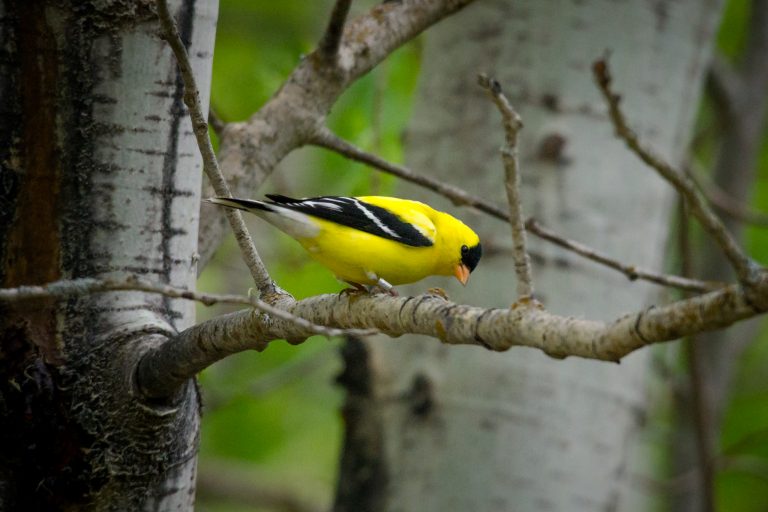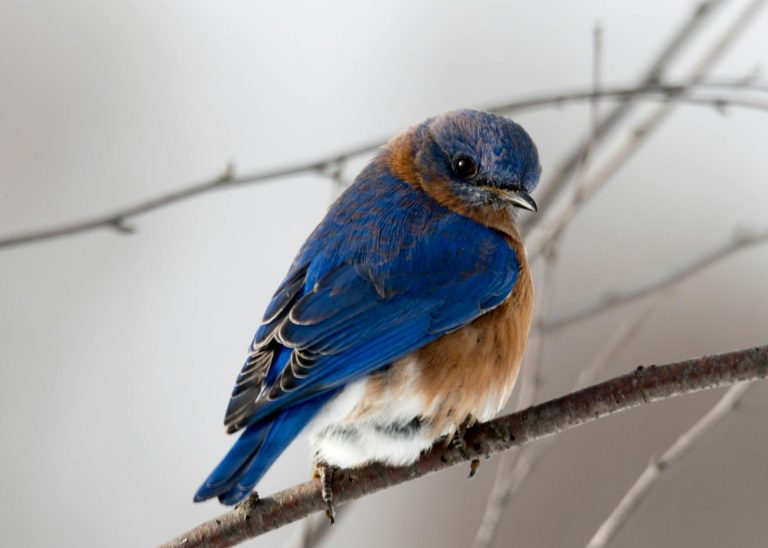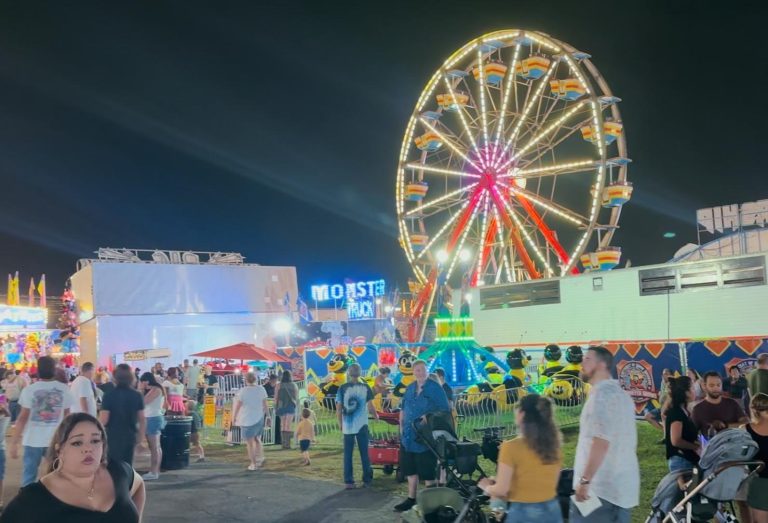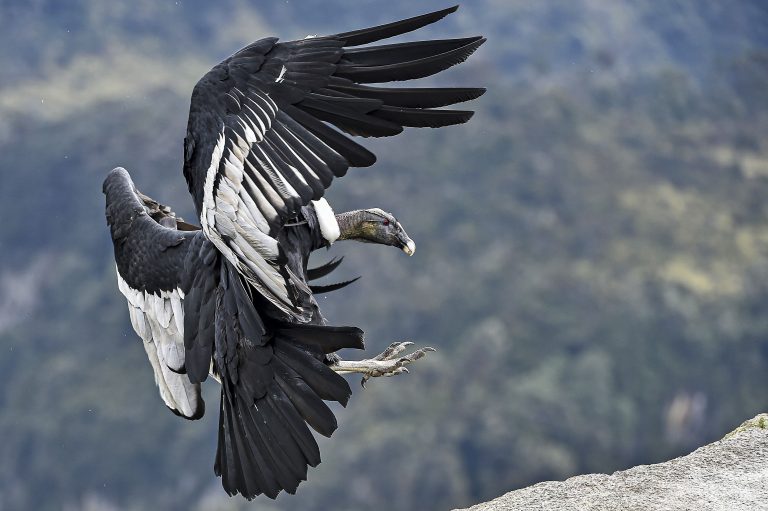Municipalities in New York and New Jersey are attempting to address a growing threat to migrating birds that is compounded by the fact that they lie directly in the birds’ migratory path. Hudson Valley and Newark officials, in particular, are looking into various means to mitigate the veritable “death traps” posed by modern light pollution and reflective skyscrapers.
According to the NJ Audubon Society, birds have followed the same migratory routes for hundreds of thousands of years, if not more. Since birds rely on constellations to navigate the night skies, the introduction of night lighting — often employed for safety and security reasons — disorients many birds, causing them to crash into hard surfaces.
In addition, the mirror-like glass featured on modern high-rise buildings is not perceived by birds as a solid, neck-breaking material, but precisely as what it reflects — the sky. The American Bird Conservancy estimates that 1 billion birds are killed in collisions with buildings across the US each year.

Lights out at 11–Migrating Birds Will Thank You
As part of a nation-wide “Lights Out” initiative to protect migratory birds, New York State officials have issued instructions for all state-owned and state-managed buildings to — during spring and fall migration periods — turn off all nonessential outdoor lighting between 11 p.m. and dawn.
The NYS Department of Environmental Conservation explains that birds in the Hudson Valley area navigate their summer breeding grounds by way of constellations, which can be masked and misconstrued by bright outdoor lighting. Hundreds of millions of birds are killed every year due to a phenomenon called “fatal light attraction.”
Success
You are now signed up for our newsletter
Success
Check your email to complete sign up
Birds looking for guidance from the stars become confused by artificial lighting and fly into windows, walls, and other hard surfaces — resulting in an estimated 500 million to 1 billion feathered fatalities each year, according to the U.S. Department of Agriculture.
Audubon and partners established the first Lights Out program in 1999 in Chicago. Today, 45 cities across the US and Canada have joined the initiative, creating a Lights Out network. Everyone is encouraged to participate in the Lights Out program on a voluntary level.
Newark duo rescues crash victims daily
Newark, NJ, also located on the Hudson River, has become home to bigger, taller, and more reflective buildings in recent decades, endangering millions of birds in their migratory travels.
As reported by Jackie Roman and Andre Malok of the Star Ledger, Peter Monti from Roselle Park and his co-worker Anita Coogan from Vaux Hall have established a rescue routine for spring and fall migration, whereby they have saved approximately 2,500 birds over the past eight years.
The rescue effort began in 2014, when Monti was compelled by compassion to pick up an injured blue warbler he discovered on his way to work. When he arrived at the health care company where he works with Coogan, they called local animal control to take the bird to a wildlife rehabilitation center.

This experience was not ideal, and the colleagues saw much room for improvement. They decided to transport future injured birds themselves, eliminating the middleman and saving precious time. They ultimately saved 28 birds that first year.
In 2015, that number increased five fold, and has continued to grow each subsequent year. Representatives from nearly 100 different species are among those saved by the pair, and Monti believes their rescue total will reach 3,000 by the end of 2022.
Monti and Coogan commute separately into the city before dawn to scour the streets daily during the spring and fall migration. The Raptor Trust, where they take the injured birds, says the survival rate for the birds the duo brings in is 75 percent, much higher than the 50 percent average survival rate for all the birds the organization sees each year.
Small steps take big turns
When the NJ Audubon Society became aware of Monti’s and Coogan’s efforts in 2017, they partnered with the power company PSE&G — owner of one of several large reflective buildings where the two regularly check for crash victims — to investigate Newark glass collisions. Regular surveys revealed the extent of the problem.
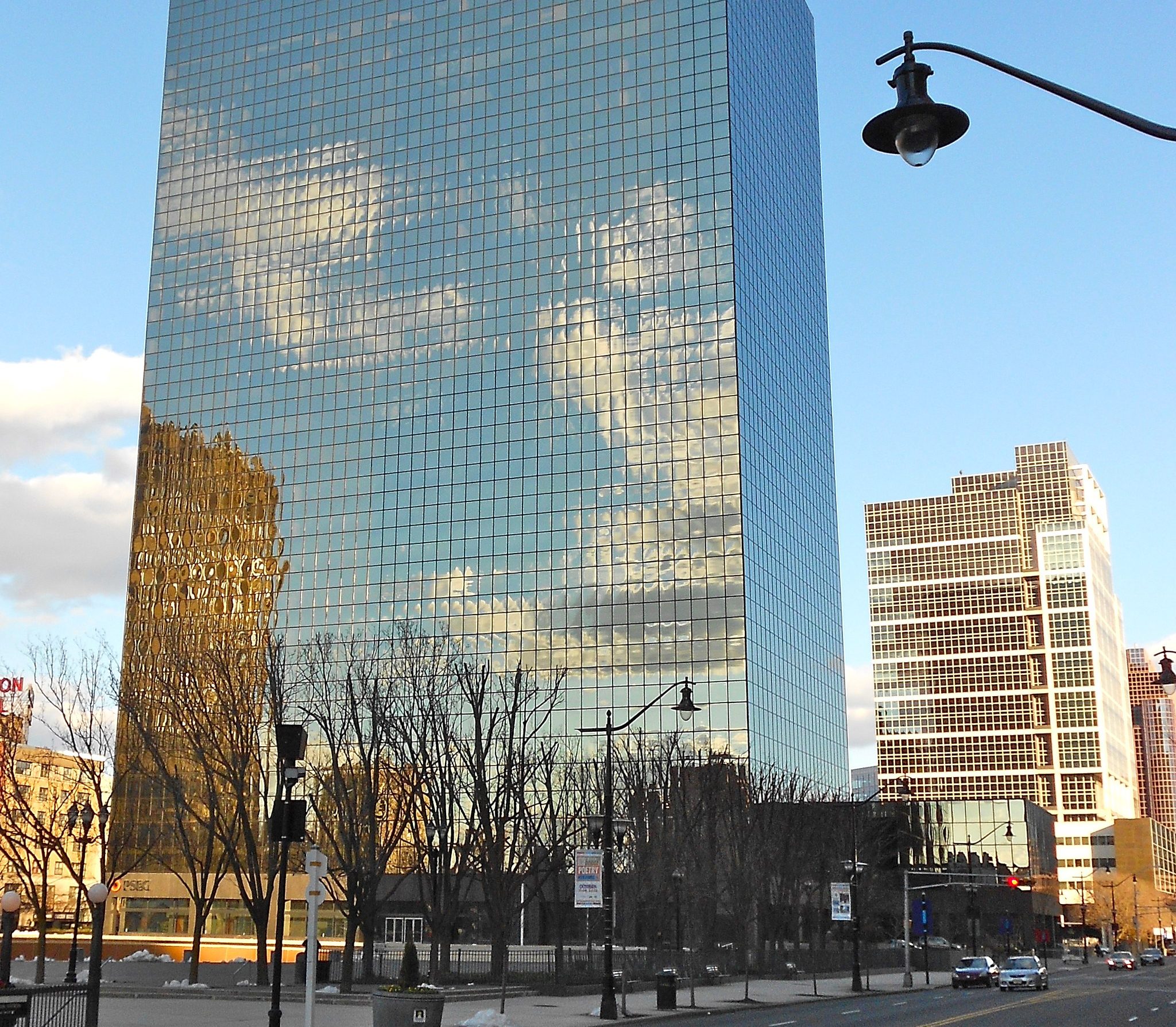
Tsipoura hopes that the Garden State will adopt bird-friendly policies like New York City’s law passed in 2019, which sets standards for building materials that reduce collisions, and regulates renovations of existing glass buildings as well.
So far, Newark’s city planning officer Christopher A. Watson and Prudential Financial Inc. are on board in the search for strategies to protect birds. Prudential Tower is one of Newark’s bigger reflective buildings. In addressing mitigation, a company spokesperson mentioned retrofitting the building’s windows with reflective tape.
How to handle your home windows and glass doors
Birds are liable to fly into clear glass not only during migration, but also during times of breeding, building nests, laying eggs, and feeding hatchlings. While residential collisions are rarely as forceful an impact as those at cruising speed into skyscrapers, a few deaths per household certainly adds up.
One way to mitigate the problem is by making your glass doors and windows less reflective. Blinds and drapes will dull the reflection of outdoor space, so keep them closed on sunny days. A screen on the outside will achieve the same effect. Adding decals to break up the expanse of glass can also help a bird to recognize it as a solid surface.
Bird feeders should be kept at a distance from glass doors and windows to minimize birds’ proximity to danger. Houseplants that could be interpreted as outside vegetation may be strategically placed where they will get the sunlight they need, without tempting birds toward them.
Birds that are most prone to window collisions include the American goldfinch, American robin, blackbirds, northern cardinal, northern mockingbird, thrushes and wild turkeys. If you live in an area with any of these populations, try to be mindful of their vulnerabilities.



